Getting kids excited about science is all about making it fun, accessible, and packed with interesting discoveries. The right book can spark curiosity, encourage questions, and turn complicated ideas into something easy to understand.
That’s why we’ve put together this list, bringing together 10 fantastic science books for primary school children, covering everything from space and chemistry to nature and inspiring scientists.
In this post:
1. Marie Curie and Her Daughters
Marie Curie and Her Daughters by Imogen and Isabel Greenberg is an inspiring introduction to one of the most famous scientists in history.
The book tells the story of Marie Curie, her groundbreaking discoveries, and how her daughters followed in her footsteps. With engaging illustrations and an easy-to-follow narrative, it’s a great way to show young readers how curiosity and determination can change the world.
Marie Curie’s work with radioactivity led to major scientific breakthroughs, and this book breaks down her achievements in a way that kids can grasp. It also highlights how science isn’t just about one person – her daughter Irène went on to win a Nobel Prize, too! By showing science as a family affair, the book makes these historical figures feel more relatable and real.
With bold illustrations and a lively tone, the book makes complex ideas easier to understand. It’s perfect for kids who are interested in real-life role models and want to see how science can make a lasting impact.
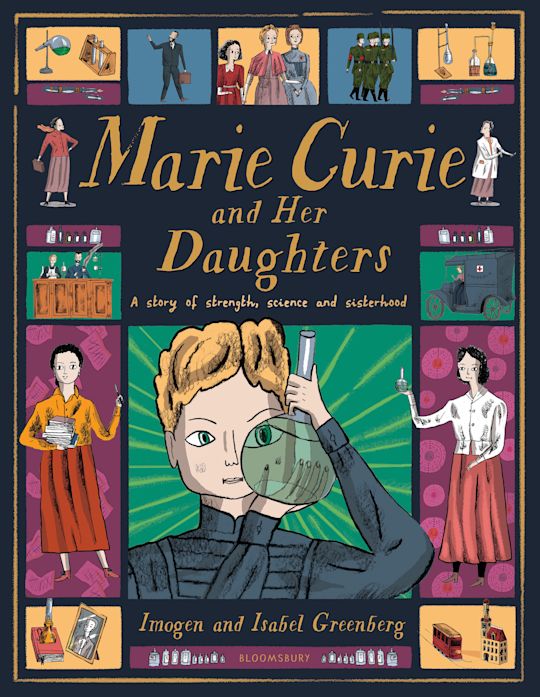
2. KEW: Grow, Forage and Make
KEW: Grow, Forage and Make by Alys Fowler is all about getting hands-on with nature. This book, inspired by the KEW Gardens, is packed with activities that encourage kids to explore the outdoors, learn about plants, and even try a bit of foraging. Whether it’s growing herbs, making natural dyes, or spotting edible plants, it helps children see the science behind the world around them.
One of the best things about this book is how it connects everyday life with science. Kids won’t just read about plants, they’ll get to grow them, use them in fun projects, and understand why they’re important. It turns the garden or local park into a mini science lab full of exciting discoveries.
The activities are easy to follow and don’t require fancy equipment, making them great for home or school. Plus, with colourful illustrations and a friendly, practical tone, it makes learning about nature feel like an adventure rather than a lesson.

3. Unlocking the Universe
Written by Stephen and Lucy Hawking, Unlocking the Universe takes kids on a journey through space, time, and some of the biggest mysteries of science. It’s packed with fascinating facts about black holes, the Big Bang, and even the possibility of alien life, all explained in a way that makes sense to young readers.
This book stands out because it mixes real science with fun storytelling. It includes everything from essays by Stephen Hawking himself to interactive elements that get kids thinking about the universe in new ways. The writing is clear and engaging, making big ideas feel exciting rather than overwhelming.
Perfect for children who love space and deep questions about the world, Unlocking the Universe encourages curiosity and exploration. It shows that science isn’t just something in textbooks, it’s a way to understand everything around us.

4. Gory Details: Adventures from the Dark Side of Science
For kids who love the weirder side of science, Gory Details: Adventures from the Dark Side of Science by Erika Engelhaupt is a brilliant pick. It dives into the gross, creepy, and sometimes bizarre aspects of scientific discovery, from parasites to strange medical experiments.
The book balances fun facts with real scientific explanations, making it both entertaining and educational. It explores topics that don’t usually make it into school textbooks, like why some animals eat their own kind or how forensic scientists solve mysteries. It’s packed with quirky stories that make kids see science in a whole new light.
With a conversational tone and plenty of humour, this book is ideal for children who like things a bit unusual. It proves that science isn’t just about serious lab work: It’s also full of surprises, weird facts, and jaw-dropping discoveries.
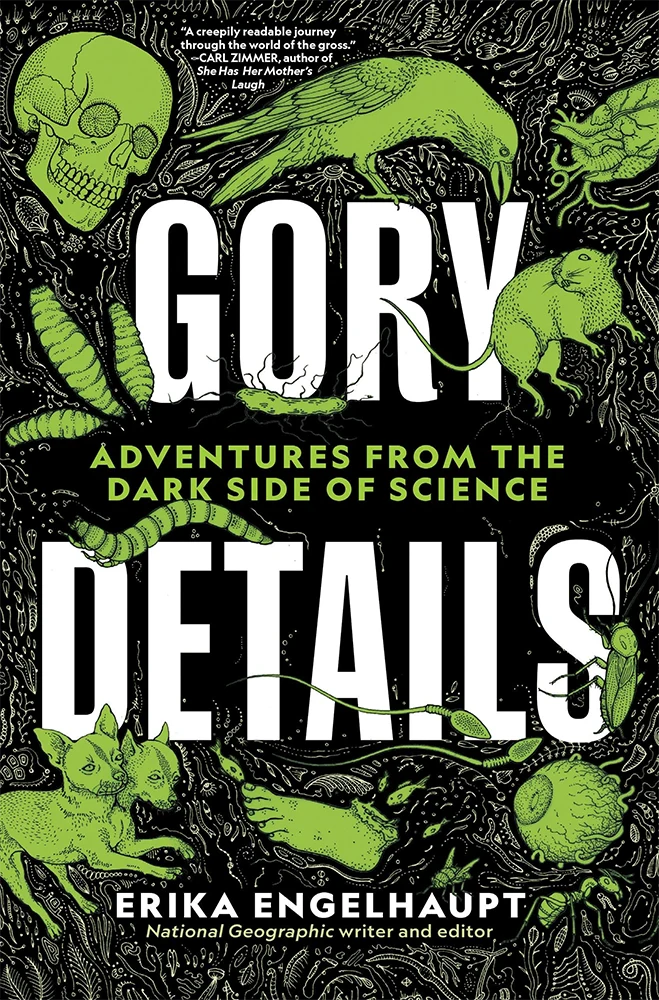
5. I Am A Book. I Am A Portal To The Universe
This book, by Stefanie Posavec and Miriam Quick, isn’t like any other science book out there. Instead of just telling kids about science, it actually makes them experience it. The book itself is an interactive adventure, full of clever tricks, puzzles, and mind-bending facts.
Every page is designed to make kids think in a different way, turning ordinary information into something surprising. It might ask them to measure their pulse, follow an optical illusion, or spot hidden patterns in nature. By making science feel personal, the book shows how it’s connected to everything we do.
Great for curious minds who like to get involved, I Am A Book. I Am A Portal To The Universe makes learning feel like play. It’s an immersive experience that brings scientific concepts to life in a whole new way.

6. What Is Colour?
What Is Colour? by Arielle Eckstut and Joann Eckstut takes a deep dive into one of the most fascinating aspects of science: colour. This book explores how we see colour, how it’s made, and why different creatures perceive it in unique ways.
Blending science with art, the book makes complex concepts accessible by using clear explanations and striking visuals. It discusses everything from how our eyes work to why certain colours appear in nature. It’s a brilliant choice for children who love the visual side of science, as well as for those more artistically inclined.
The book also encourages kids to think beyond what they see, showing how colour plays a role in everything from biology to physics. It’s a great way to connect science to the everyday world in a way that feels both educational and fun.

7. The Element in the Room: Investigating the Atomic Ingredients that Make Up Your Home
The Element in the Room by Mike Barfield is a lively introduction to chemistry. It breaks down the elements that make up our world, showing how everything around us is built from the same atomic ingredients.
This book stands out because of its comic-book style, packed with illustrations, fun facts, and engaging explanations. Instead of treating chemistry as an abstract subject, it makes it relatable by linking it to things children see and use every day. Much like seeing what the most common chemicals used in labs are, this gives an actual insight into the process and the practicality behind every element.
Great for kids who enjoy hands-on learning, The Element in the Room makes chemistry feel like an exciting mystery waiting to be solved. It turns everyday objects into scientific wonders, proving that chemistry isn’t just for labs – it’s everywhere.

8. Girls Think of Everything
Girls Think of Everything by Catherine Thimmesh celebrates female inventors and their contributions to science. It tells the stories of women who have come up with game-changing ideas, from medical breakthroughs to everyday innovations.
Highlighting the strengths of women in the scientific space, and their stories, is important for helping inspire the next generation. The stories are told in an engaging way, showing how creativity and perseverance lead to discoveries. It’s perfect for inspiring young minds, especially those who might not yet see themselves as scientists.
With vibrant illustrations and an uplifting tone, Girls Think of Everything proves that science and invention are for everyone. It encourages kids to dream big and see the possibilities in the world around them.
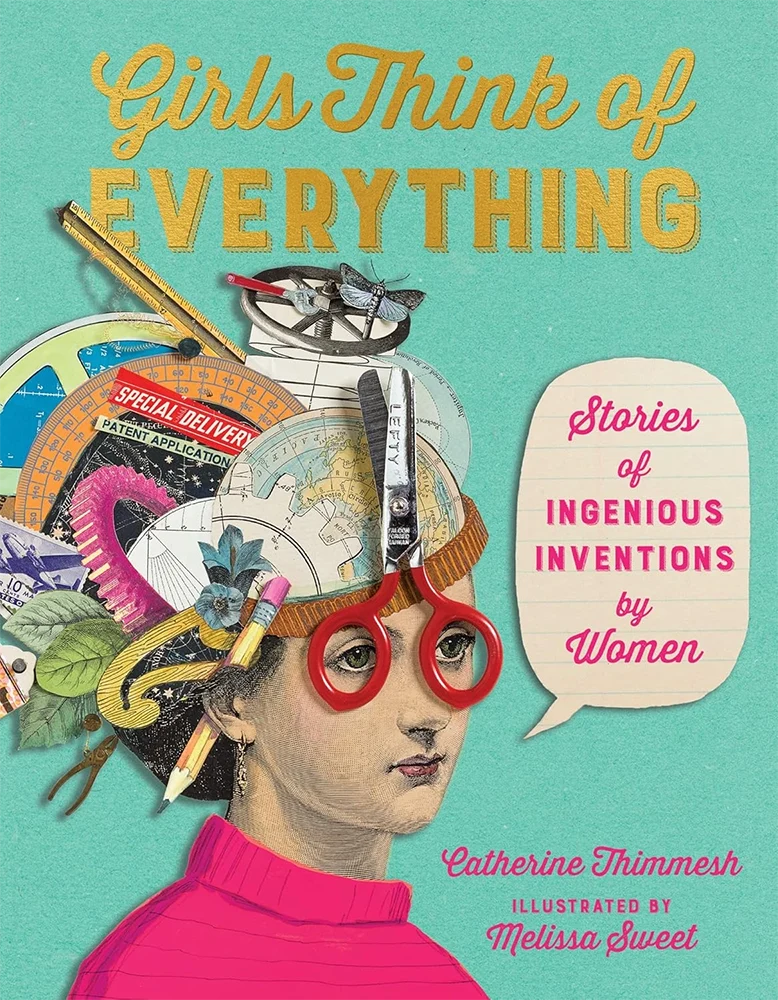
9. Chemical Chaos
Chemical Chaos by Nick Arnold is a wild ride through the explosive world of chemistry, packed with humour, quirky facts, and plenty of surprises.
Part of the Horrible Science series, this book takes a fresh, engaging approach to scientific learning, making chemistry feel more like an adventure than a lesson. With its mix of cartoons, jokes, and weird-but-true experiments, it’s designed to keep kids entertained while sneaking in plenty of fascinating knowledge.
From the tiny world of atoms and elements to the bubbling madness of chemical reactions, this book breaks down big scientific ideas into bite-sized, memorable chunks. It doesn’t shy away from the messy, smelly, and sometimes downright dangerous side of chemistry either!
Readers will discover the secrets behind explosive reactions, mysterious potions, and real-world chemistry that affects everything from food to fireworks. With hands-on activities to try at home, it’s perfect for kids who love to get stuck into science and don’t mind a little chaos along the way.
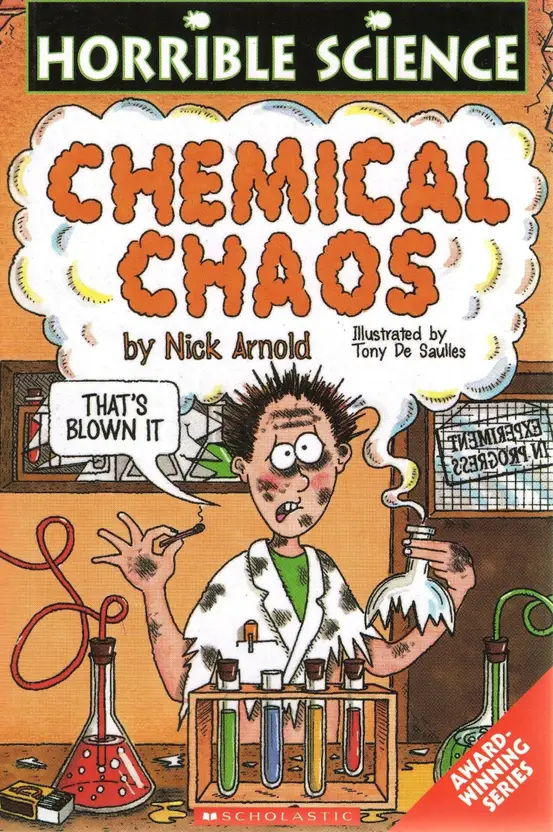
10. A Short History of Nearly Everything
A Short History of Nearly Everything by Bill Bryson is a fast-paced journey through science, history, and the universe itself for older primary children. This edition simplifies huge scientific ideas for younger readers, offering a fun and engaging way to explore the mysteries of the world around us. From the Big Bang to the inner workings of the human body, it makes even the trickiest topics feel approachable.
Bryson’s storytelling brings science to life, introducing readers to groundbreaking discoveries, famous scientists, and mind-blowing facts. The book covers everything from the age of the dinosaurs to the creation of the first atom, all with a light-hearted, accessible tone.
Colourful illustrations and simple explanations help bring complex ideas into focus, making it perfect for curious minds eager to understand the past, present, and future of the universe.
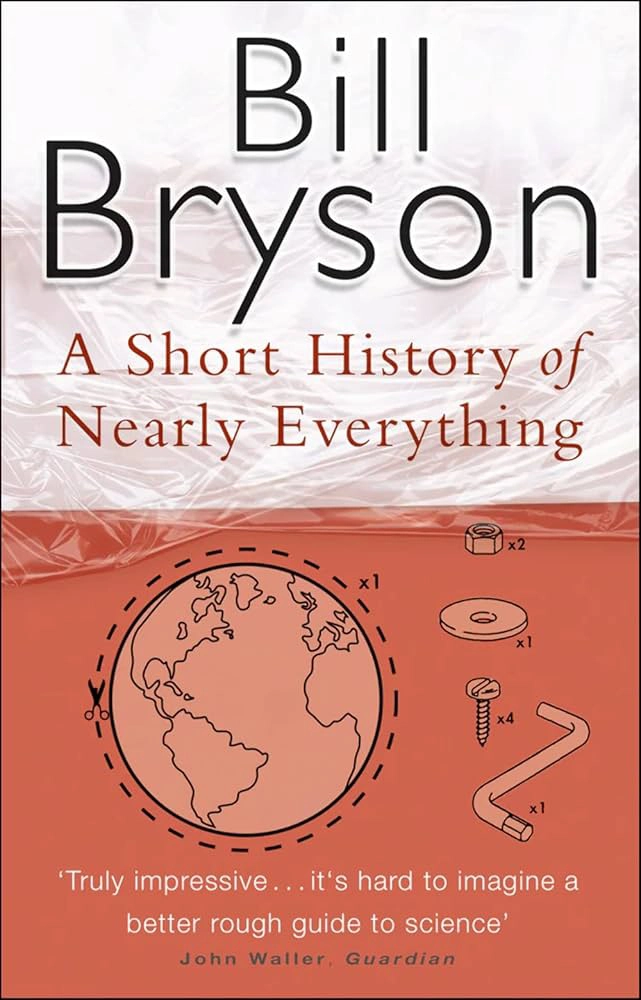
Why Reading Matters for Scientific Curiosity
Science is all about asking questions, and reading is one of the best ways to fuel that curiosity. The more children read, the more they encounter new ideas, theories, and discoveries that inspire them to think critically.
That’s why these books are a great supplement to a child’s education, especially in primary school science. After all, a good science book doesn’t just provide facts; it encourages kids to wonder, explore, and challenge what they know.
Books also help children see how science applies to the world around them. A story about space can spark an interest in astronomy, while a book on experiments might lead to a fascination with chemistry. Reading connects children to real-world science, making it feel relevant and exciting rather than distant and abstract.
Beyond the facts, science books help develop essential skills. They encourage logical thinking, problem-solving, and creativity.
Even books with a storytelling approach teach kids how scientific discoveries happen, showing them that science is a process of trial, error, and perseverance, and that it takes a long time to go from a concept to a stable concept, be it a chemical solution or a deeper understanding of physics.
Conclusion
The best science books do more than just teach: they inspire. Books like these introduce children to big ideas, encourage them to ask questions, and help them see that science isn’t just in textbooks, but is surrounding them every day. By picking the right books, parents and educators can help young minds develop a love for discovery that lasts a lifetime.












